This Ultimate Guide to Canning Safety covers important issues for everyone who is home-canning. Learn necessary tips about botulism concerns, which foods can safely be canned, which foods should NOT be canned, dangerous canning methods that should be avoided at all costs, and more.
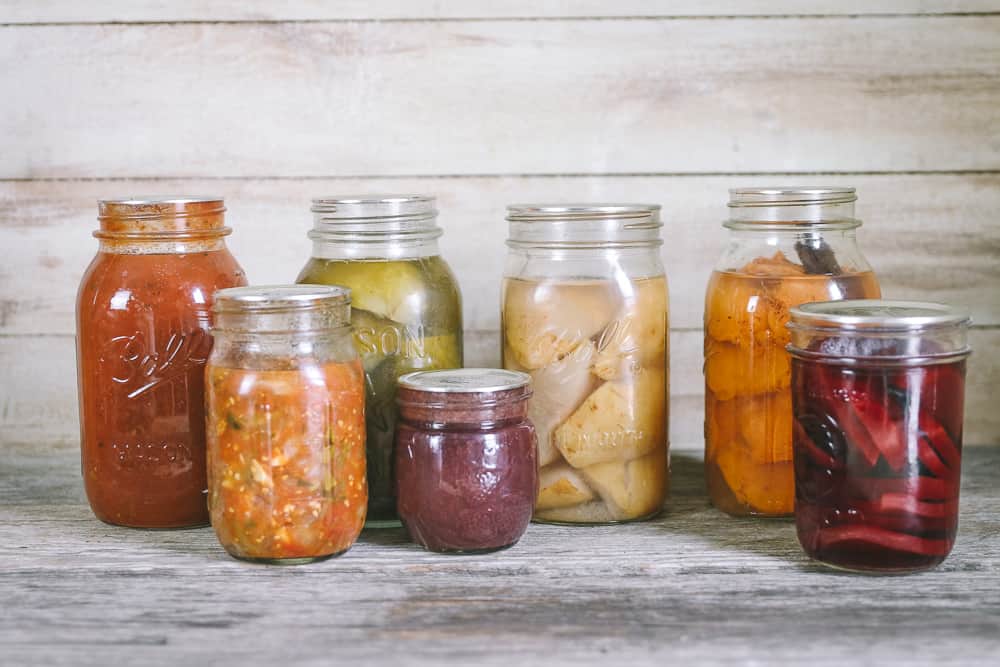
Yep. I’m going there.
I know it’ll make some people mad. But we need to have a chat about this, my friend.
CANNING SAFETY.
I keep running across online debates about canning safety, and I can’t help but scratch my head.
Because in my opinion, it’s simply NOT something that should be debated.
Nevertheless, this disuccions continues to pop up, especially in my Homestead Recipes & Heritage Cooking Group over on Facebook.
It usually starts innocently.
Someone will ask a question like “I don’t have a pressure canner. And I made some stew with beef last night. Can I throw it in some jars and water bath can it?”
Some folks will respond with solid information and recommendations…
But, inevitably some less-than-ideal recommendations will trickle in as well.
Now, I’ve made it known in the past that I’m a rule-breaker when it comes to the kitchen. I’m not afraid to cut some corners, leave out steps, or tweak ingredients…. liberally, in fact.
But NOT when it comes to canning.
And it’s due to a little something called botulism. Trust me– once you understand the science of botulism, you won’t want to play around with it, either.
Botulism & Canning Safety
What is Botulism?
Food-borne botulism is a rare but serious illness caused by eating foods that are contaminated with the botulinum toxin.
Clostridium botulinum is the bacteria that causes botulism. And the crazy part? Botulism spores are pretty much everywhere: in the soil, on meats, and even on vegetables. However it’s usually NOT a big deal because they don’t cause issues UNLESS they have the right sort of environment.
These little spores love places that don’t have oxygen and are damp… which describes the conditions of a jar of canned food to a tee, which is why home-canned foods can be an ideal host for botulism spores.
Once the spores get into these sorts of hospitable environments (aka jars of improperly canned food), then that’s when they have the potential to grow into that active bacteria, which produces neurotoxins. Botulism can cause paralysis. It can cause your body to shut down and it can kill you (read more about the symptoms of botulism).
The most frustrating thing about botulism is that you can’t see, smell, or taste the toxin, but taking just a small bite of contaminated food can be deadly.
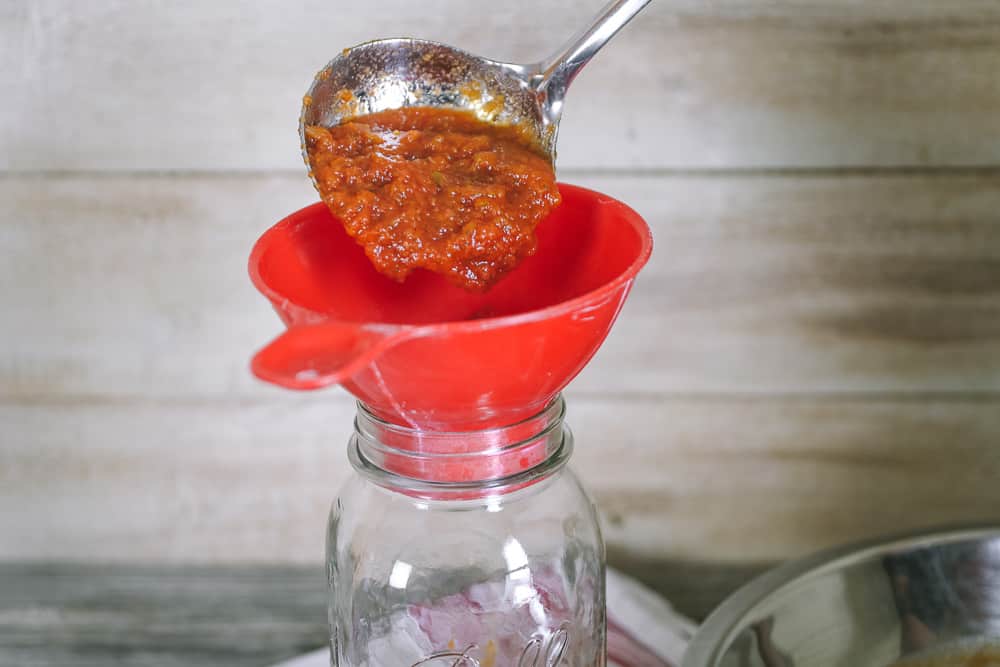
Signs of Botulism in Food
Here’s the part that really concerns me the most about botulism– you won’t always know if a jar is contaminated. The jar could look normal. It might even smell okay. It can look even look like a normal, harmless can of food.
Bottom line: Botulism doesn’t always present itself as gross, fuzzy mold and rancid smelling food. So it can blend in seamlessly with your other home-canned jars of food, and sometimes you can’t tell the difference at all.
How to Prevent Botulism in Home-Canned Foods
According to the Centers for Disease Control, “Home-canned vegetables are the most common cause of botulism outbreaks in the United States…”
But hang on– before you run away screaming and decide to never can again, take heart.
The CDC goes on to explain, “These outbreaks occur when home canners don’t follow canning instructions, don’t use pressure canners when needed, ignore signs of food spoilage, or don’t even know they can get botulism from improperly preserving vegetables.”
Here’s the bottom line:
As long as you carefully follow directions, stick with proven recipes, and are sure to pressure can any foods that aren’t high in acid, then home canning is very safe, and your food will keep well for years.
The Good News…
Botulism is NOT something to mess around with, but before you sell all your canning equipment or vow to never touch a jar of home-canned food again, remember this: it you follow safe canning procedures, home-canning is extremely safe.
The secret weapons to preventing botulism are high heat and acidity. As long as you are using proven, recommend canning methods & recipes that account for proper heat and acidity, you can confidently can all sorts of food at home.
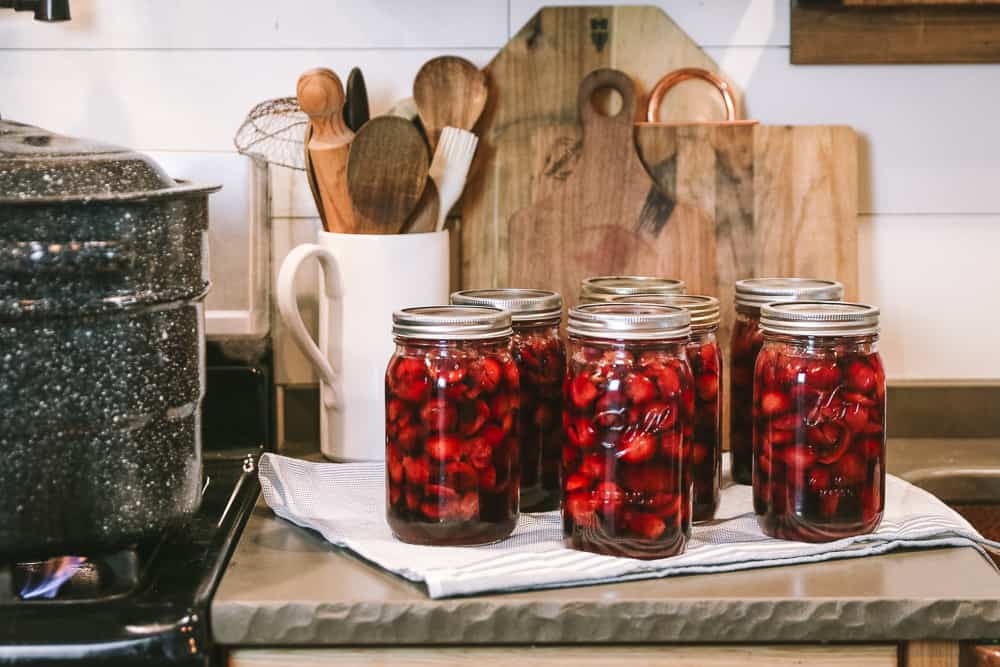
Which Foods Can Be Canned Safely?
In order to know more about which foods can be safely canned at home, we need to take a closer look at the importance of acid in home canned foods. The acidity content of a given food will determine what canning methods should be used to preserve it safely.
High Acid Foods
In canning, a high acid food is considered to be any food with a pH level of less than 4.6 (learn more about pH levels in food in this article). This includes things like pickles, since they have vinegar in them, relishes, most fruits (peaches, apples, etc.), jams, jellies, chutneys and more.
When you take the natural acid content of these high-acid foods, often add some additional acid in the form of vinegar or lemon juice, and then add the boiling water temperatures of a water bath canner, that is sufficient to keep those particular foods safe and prevent botulism from forming.
Learn more about using a water bath canner here.
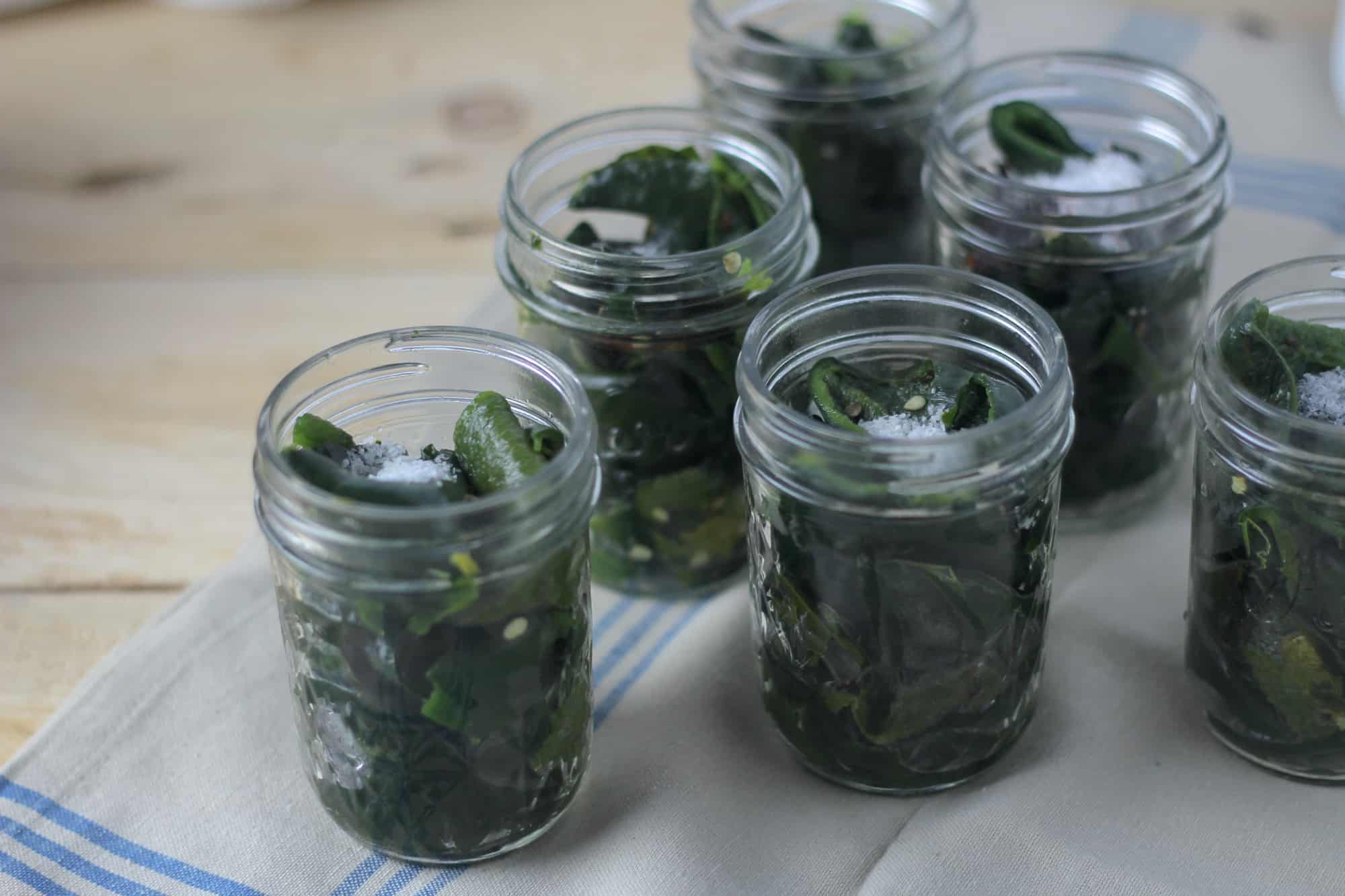
Low Acid Foods
Low-acid foods have a pH level higher than 4.6 and include things such as most vegetables, meats, and broths. These foods do NOT contain enough acid to stop the growth of botulism if you are merely using a water bath canner.
However, sometimes with foods close to the 4.6 pH level, you can simply add more acid (in the form of vinegar, lemon juice, or citric acid) and safely use a water bath canner. This method is especially handy for tomatoes, which can be water bath-canned, just by adding a bit of additional lemon juice. Here are my tips on how to safely can tomatoes at home.
Now, that’s great for tomatoes and some other pickled vegetables, but it doesn’t work for everything. There are some foods that would be absolutely disgusting and inedible if we were to add copious amounts acid, (like canning chicken or homemade soups), so in those instances, we really need to be able to leave the food as-is.
In order to do that, we must use a pressure canner. A pressure canner has the ability to heat the foods in the jars to a high enough temperature to kill all lingering botulism spores. Learn how to use a pressure canner in my step-by-step guide.
Botulism cannot survive past temperatures of 240 degrees Fehrenheit, and since the pressure canner goes to that point and beyond, it makes your home-canned foods safe. In contrast, the boiling water of a water bath canner only reaches 212 degrees, which botulism spores can happily survive.
So one more time: for high acid foods, you may safely use a water bath canner. For low acid foods, a pressure canner is non-negotiable.

Foods You Should Never Can At Home
There are a handful of foods that should not be canned, period. Even if you do have a handy-dandy pressure canner. Here they are, and why:
Dairy Products: The fat in dairy can actually protect botulism spores during the canning process. Therefore, milk, butter or cream items are not recommended for home canning.
Lard: Similar to dairy, the fatness and density of lard won’t allow the heat of the canning process to penetrate the contents. The lard would house spores and other harmful bacteria (but the good news is that lard will be fine on your pantry shelf for a year, and up to several years if you want to freeze it. So canning lard isn’t necessary anyway.). Here’s how to render lard for your pantry shelf.
Purees: Purees such as cooked pumpkin or mashed beans are too dense, and there is concern that they won’t be properly heated in the middle. The good news is you can still learn how to can pumpkin chunks (and then puree it when you need it).
Flour: Be cautious adding flour to any non-tested recipe, as it can thicken items to a point where they are too thick to allow the heat to penetrate them. However, if a trustworthy recipe from a trusted source (such as a recipe from the Ball Blue Book) calls for flour, you’re good to go.
Even if you’re using a pressure canner, which is really good at killing botulism spores, always avoid canning the foods in the above list. Thankfully– with a little creativity, you can easily omit these trouble-maker foods.
For example: chicken noodle soup. You *may* can chicken noodle soup, you just have to leave out the noodles. So, put the chicken, spices, veggies, and broth in the jars, pressure can for the recommended time, and then add the noodles right before serving.
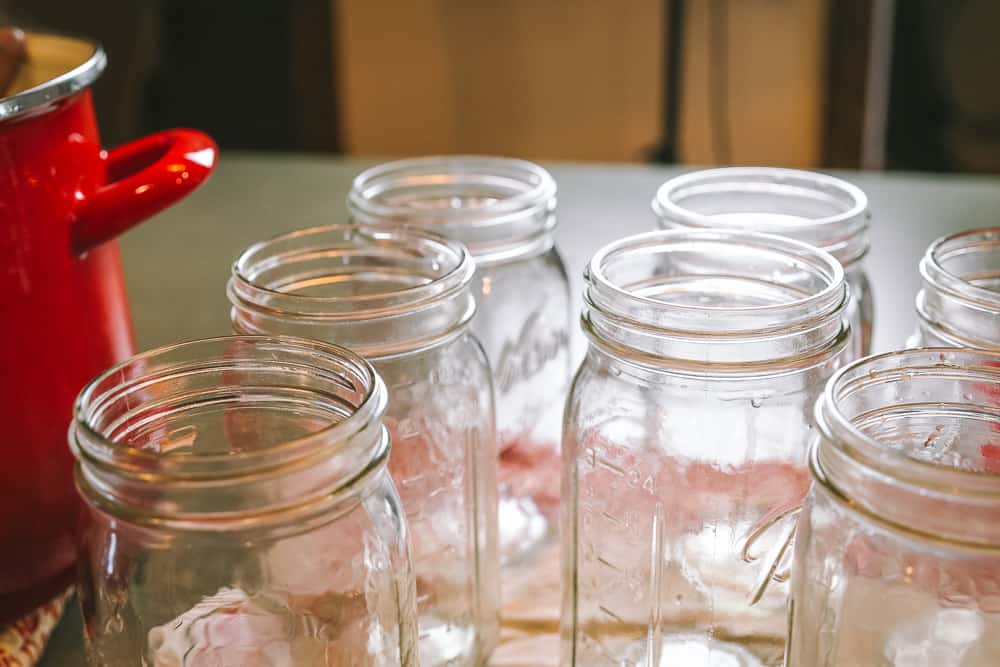
Avoid These Dangerous Canning Methods
The Internet never ceases to amaze me.
There are all sorts of crazy methods floating around in different canning groups and message boards that people claim to be effective and safe. I’ve even seen one where someone claimed that if you stick your jars in a hot compost pile, it will heat them sufficiently. (Um, don’t do that, k?)
No matter who says that a method worked for them, or how many jars they’ve eaten without dying, it is never worth it to play Russian Roulette with your pantry. Just don’t do it, my friends.
Here are a few of the more common dangerous canning methods to be aware of and avoid:
1. Using a slow cooker, dishwasher, microwave, or solar oven.
None of appliances get hot enough to safely sterilize the food in your jars. You may or may not get the lids to seal, but that does not mean the food will be safe to store or eat. Under no circumstances should you use any of these things to can food.
2. Oven canning.
I’ve seen this one float around on the internet quite a bit. Folks claim that you can bake your jars in the oven instead of processing them in a hot water bath canner or a pressure canner. An oven cannot get hot enough to safely sterilize the food inside the jars. Skip this method.
3. Open kettle canning.
This is the method I see people defend the most because they had a grandma or a great-grandma who open kettle canned for years and no one died. Open kettle canning is where hot food is put into jars, the lid is put on top, and if the lid seals, they assume it’s good to go.
Granted, this is the way that canning was accomplished in decades past. However, there were also many more cases of botulism then, so just because someone got away with it then, or they get away with it now, does not mean that you should do it. Again, this does not heat the food or sterilize it sufficiently to be safe long-term.
4. Inversion canning.
The Internet likes this one– I see it making the rounds several times per year… Inversion canning involves placing hot food (such as jam) into a jar, putting a lid on top, flipping it upside down and waiting for it to seal. You’ll might get a seal on the jar, but it does not mean that it is clean enough or safe enough to be stored on a shelf long-term.
5. Using a Water Bath Canner instead of a Pressure Canner for Low Acid Foods
I often see people trying to get away with not using a pressure canner for low acid foods. I get the appeal, since water bath canners are cheaper and easier to use. Folks reallllly want to avoid having to invest in a pressure canner, so they cling to their water bath canner as long as possible.
However, you 100% cannot get away with using a water bath canner on low acid foods. This includes broths, meats, and beans. It’s not worth the risk of getting botulism. If a recipe says you need to use a pressure canner, you need to use a pressure canner (and no, instant pots are not pressure canners either).
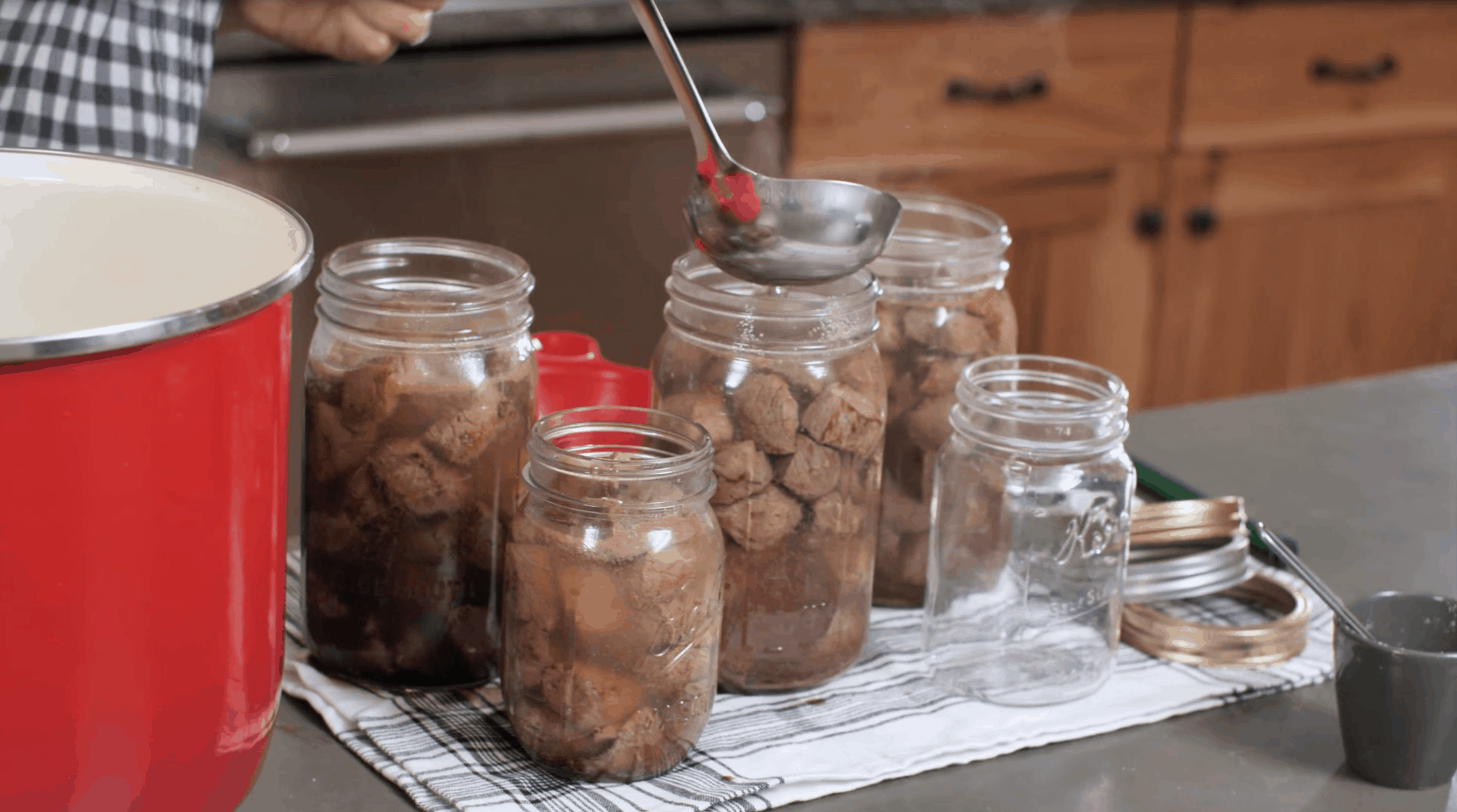
How Can You Change Canning Recipes Safely?
I’ll admit, I have the tendency to see many recipes as “suggestions” rather than rules. But canning is an exception. Canning is rather unforgiving when it comes to rule bending. Processing times, ingredient lists, and other specifications need to be followed in order for the jars to seal and to eliminate any botulism spores that could be lingering in the foods.
That being said, there is some flexibility with certain recipes that will allow you to adjust the flavors and even ingredients safely.
Here are the things that can be tweaked in a canning recipe with no impact on safety:
- Salt.
Unlike in fermentation or meat curing, salt does NOT play a preservative role in canning — it is there only for flavor. Therefore, you can adjust the quantities of salt used in a recipe to fit your taste preferences.
- Seasonings.
Feel free to add dried herbs or other spices/seasonings to your sauces and stews that you can with no safety concerns.
- Equivalent Acids.
While you CANNOT omit acid that is called for in a water bath canning recipe, you may swap it out for a different acid of similar strength. The common acids used in canning are: vinegar, citric acid, and bottled lemon juice. The recipe you use may give you suggestions for swapping acids. You can also learn more about them in my Learn How to Can ebook and course.
- Sugar.
You may add or reduce the sugar in most recipes with no safety issues. When it comes to fruits and jams, sugar does play an important role in setting and flavor, but it does not play a role in preventing spoilage. If you reduce the sugar level too much you may wind up with a syrup instead of a jam, but it’ll still be delicious and safe to eat. Here’s my free mini-course all about how to can low-sugar jams.
- Peppers or Onions.
Feel free to swap out types of peppers or onions for different varieties. NOTE: Just make sure you’re not adding a much larger quantity of peppers or onions, as this can throw off the acid levels and cause the recipe to be unsafe for water bath canning.
The following recipe tweaks are UNSAFE and should always be avoided:
- Reducing processing time
- Using a water bath canner when a pressure canner is called for
- Adding more of a food (other than seasonings) to a recipe beyond what is called for
- Using flour as a thickener
- Using thickeners when the recipe does not call for it
- Using fresh herbs when the recipe specifically calls for dry herbs only
And finally, making up your own recipes. Do it all day long in any other aspect in your kitchen. But don’t do it with canning in order to practice safe canning in your kitchen without any fear of botulism.
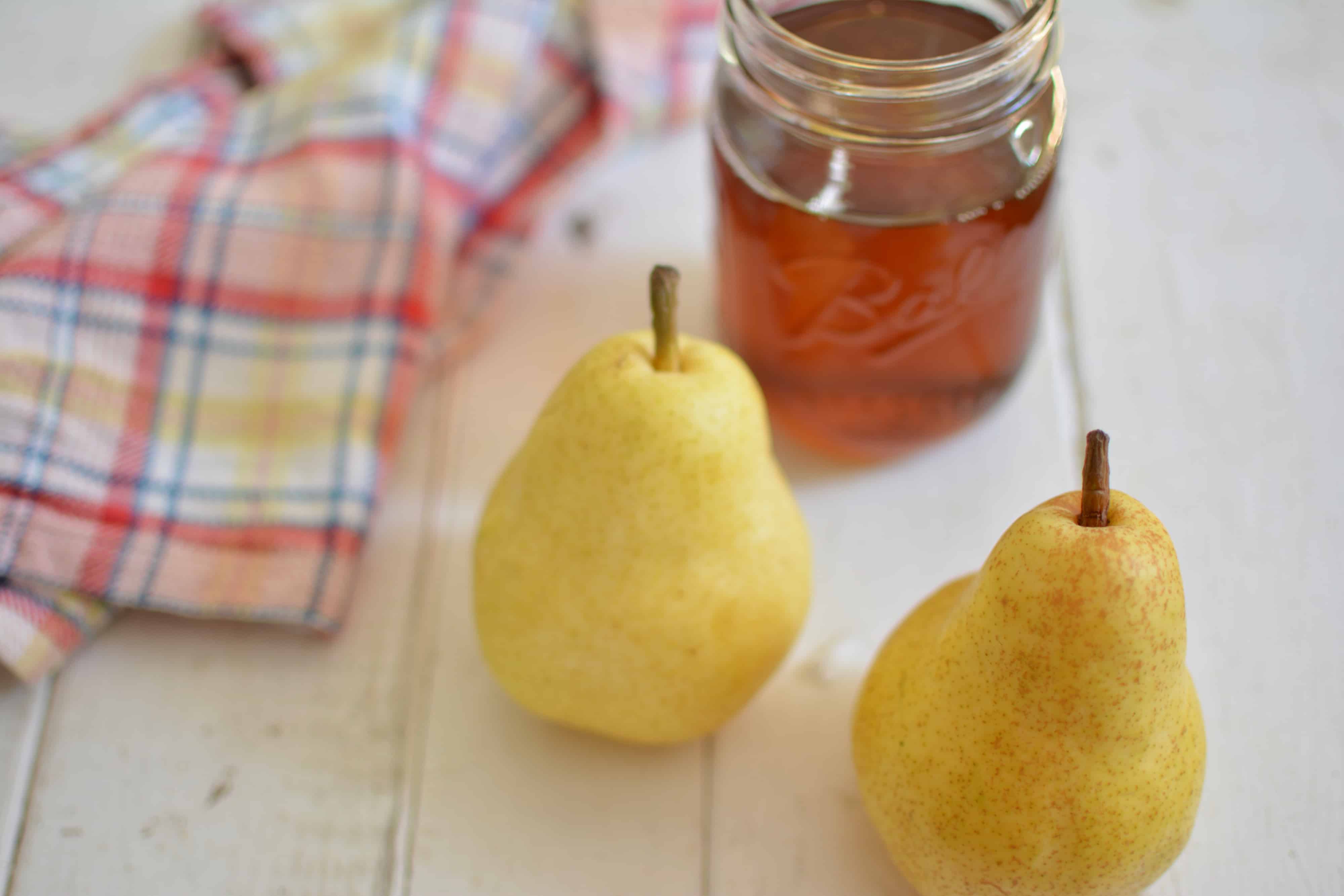
Canning Safety: Your Questions Answered
I’ve put together a list a the most common questions about canning safety here, but please feel free to ask more canning safety questions in the comments, and if they’re popular enough, I’ll add the questions and answers to this list.
Where do I find trustworthy sources for safe canning recipes and information?
When looking for new canning recipes to try, it’s important to make sure they are coming from a reliable, science-based source. Unfortunately, there are many recipes floating around the Internet, or in older publications that are just not safe.
This is not an exhaustive list, but it’s a good place to start. Recipes from the following sources have been carefully tested in university laboratories and can be trusted as long as you follow them as directed:
- Clemson University Home and Garden Information Center
- National Center for Home Food Preservation
- Ball Blue Book Guide to Preserving
- Ball Complete Book of Home Preserving
- Putting Food By: Fifth Edition
How can I tell if my seal set on my home-canned food?
If the lid doesn’t come off (and the middle doesn’t “pop”) when you gently pull on it, you should be set!
There are two great tips that go a long way in helping avoid a missed broken seal:
- Always remove rims before storing your canned goods.
- Never stack jars when you store them in your cabinets, pantry, or root cellar.
Why do these two things matter?
If bacteria does develop in the jar, gas would build up inside the jar and, eventually, the lid would release on its own accord. If this happened, you’d easily know your food was bad, because your jar wouldn’t be sealed when you go to grab it out of the cabinet. On the other hand, if you leave the rim on or stack one jar on top of another, you may force the lid closed on bacteria-filled contents. Over time, the lid could potentially reseal itself, which would trap bacteria inside and leave you unaware.
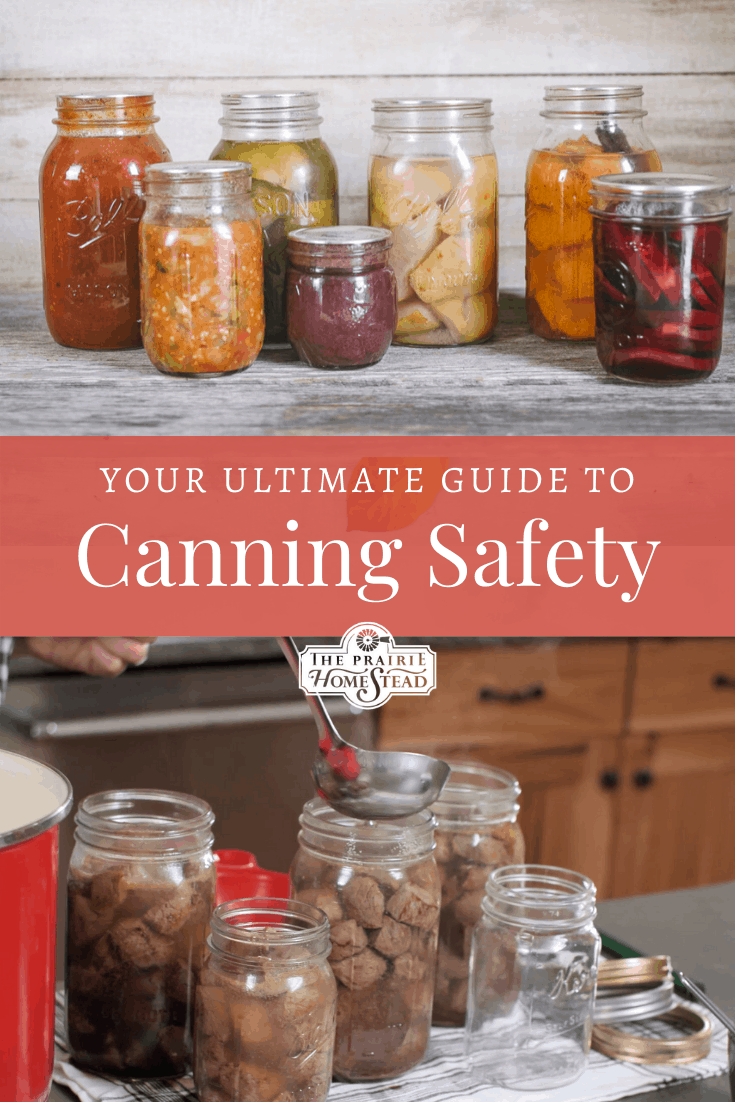
My Final Thoughts on Canning Safety…
I know I sound like a party pooper when it comes to canning, but it matters, my friend.
I have a BLAST with canning– and my pantry is filled with all sorts of foods I’ve (safely) experimented with over the years.
And the best part? When I reach for a jar of food, I don’t have to worry about it potentially making my family sick.
I don’t recommend venturing out on your own when it comes to canning, even if your grandma did it.
Do you really want to look at all those beautiful jars of food on your pantry shelves and wonder which one could contain something that’s deadly? Just thinking about that just stresses me out. I would rather know that what I have canned and what I put all that work towards is safe and I don’t have to worry about it.
So just do it the right way. Give yourself the gift of peace of mind and then know that canning is an absolute blast. If you follow safe canning methods and rules, then you don’t have to worry about any issues and food spoilage.
Canning is one of the most-fulfilling homestead skills I’ve learned. If you’ve been on the fence to dive in, let this be your year.
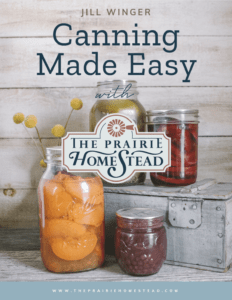
If you’re ready to learn how to can, but never had someone show you the ropes– I’ve got you covered!
I created the Canning Made Easy system to help home-canners start preserving with confidence. This step-by-step eBook covers EVERYTHING you need to know, in a simple, non-confusing way.
Grab your copy of Canning Made Easy and start preserving your harvest today!
More Preservation Tips:
- A Guide to Quick Pickled Vegetables
- How to Use a Fermentation Crock
- Home Freeze Dryer Review Tutorial
- Root Cellar Alternatives
- How to Freeze Tomatoes
The post The Ultimate Guide to Canning Safety appeared first on The Prairie Homestead.
Via Gardening http://www.rssmix.com/
No comments:
Post a Comment